How to Balance Great Storytelling With Reader-Focused Advice
The most frequent feedback you'll hear from our editorial team is that we'd like to see more personal experience in your articles.
That's because, when done well, there’s no easier way to level with your readers and establish credibility. And, as Contently's Shane Snow wrote for Fast Company, “Telling compelling stories about your personal experiences or citing case studies from your own company in some instances can help illustrate points about your industry or area of expertise and give you material that no one else has.”
But while honing your storytelling skills is important, it’s equally important to remember the person on the receiving end of that story -- and the easiest way to do this is by making better use of one important word: YOU.
Copyblogger declared "you" to be the "most powerful word in the English language" when it comes to writing more engaging content.
Great marketers already know this. But how does it fit into thought leadership?
What's in it for Your Reader?
To illustrate what happens when "you" is absent, let’s look at part of an article about the challenges of sales hiring:
When I first started hiring salespeople, it was a disaster. I couldn’t hang onto a single salesperson for more than three months. Yet I sat in every single sales interview and grilled them on their past experience and achievements, and then spent weeks meeting with them to tell them everything they could conceivably want to know about the company.
So why were they quitting?
It took a lot of humility to realize my errors — and the need for me to step OUT of the process, as quickly as possible.
Here’s what we do now: (1) I work with our sales lead to determine what we’re looking for and I only sit in on the last set of interviews. (2) We built a very specific program for training and onboarding (that I am only involved in a very limited capacity!) that incorporates product training and practice sales calls along with regular feedback. I'm much happier and my staff is too.
There is nothing wrong with this, at a glance. In fact, the first two paragraphs work well — I empathize with the author right away.
However, the author never addresses me. By the end, my attention drifts, and I ask that age-old question, What’s in it for me?
Talk to Your Reader Directly
Why is your reader showing up in the first place? Chances are, it's because they too have a problem with their sales hiring, and they want you — the expert — to help them get to the bottom of it.
So what if we take this same excerpt and, when we get to the "solution," turn directly to our reader with some hard-won advice?
When I first started hiring salespeople, it was a disaster. I couldn’t hang onto a single salesperson for more than three months. Yet I sat in every single sales interview and grilled them on their past experience and achievements, and then spent weeks meeting with them to tell them everything they could conceivably want to know about the company.
So why were they quitting?
It took a lot of humility to realize my errors — and the need for me to step OUT of the process, as quickly as possible.
If you’re struggling to build a functioning sales team, maybe you’re the problem too. If so, there are two very simple things you can do to get out of the way:
1. Work with your sales or marketing lead to develop a better definition of what you need in a salesperson, what their skills or qualifications must be, and what the interview process looks like. Let the expert do the hiring. (If you must, sit in on the last round of interviews, as I do.)
2. Develop an onboarding program that incorporates a healthy mix of training/information, practice pitches and clearly defined milestones — and then let your sales lead oversee it. When we did this, I was able to get back considerable time in my day and now am only involved in receiving reports on milestones reached or problems.
Much better, right? The story draws me in, but the advice is what I'll remember: Two distinct, clear actions I can immediately put into practice. This is the kind of article I'll share with my network.
Plus, reformatting the advice into the second person is more direct — I know the author is talking to me, and I’m listening. Attentively.
Doing this in your own writing is easy, even for those of you who love to tell stories.
First, write everything down.
Now, go over it with fresh eyes: Is every part of the "story" interesting to a total stranger? Are the details relevant or distracting? If a colleague asked for advice on this topic, would you really tell the story straight through -- or would you naturally pause at certain points to explain how you achieved success or how you overcame the problem?
Take extra care with sections that contain solutions or insights. Those are often the most natural places to pause and bring the reader back in. When you come across them, try swapping out "I" and "we" for "you," and see which areas may need to be expanded or adjusted to fit.
Not every article will look the same, and that's OK. The important thing to remember is that there's someone on the other end of that article, and it's your job to engage them.
This post is part of a series created by Lindsey Donner, chief content officer for YEC, on how to best utilize your personal branding and media benefits. This benefit is for YEC members only.

